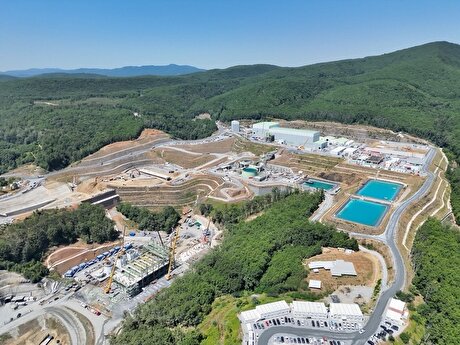
Iran Set to Become Major DRI Exporter
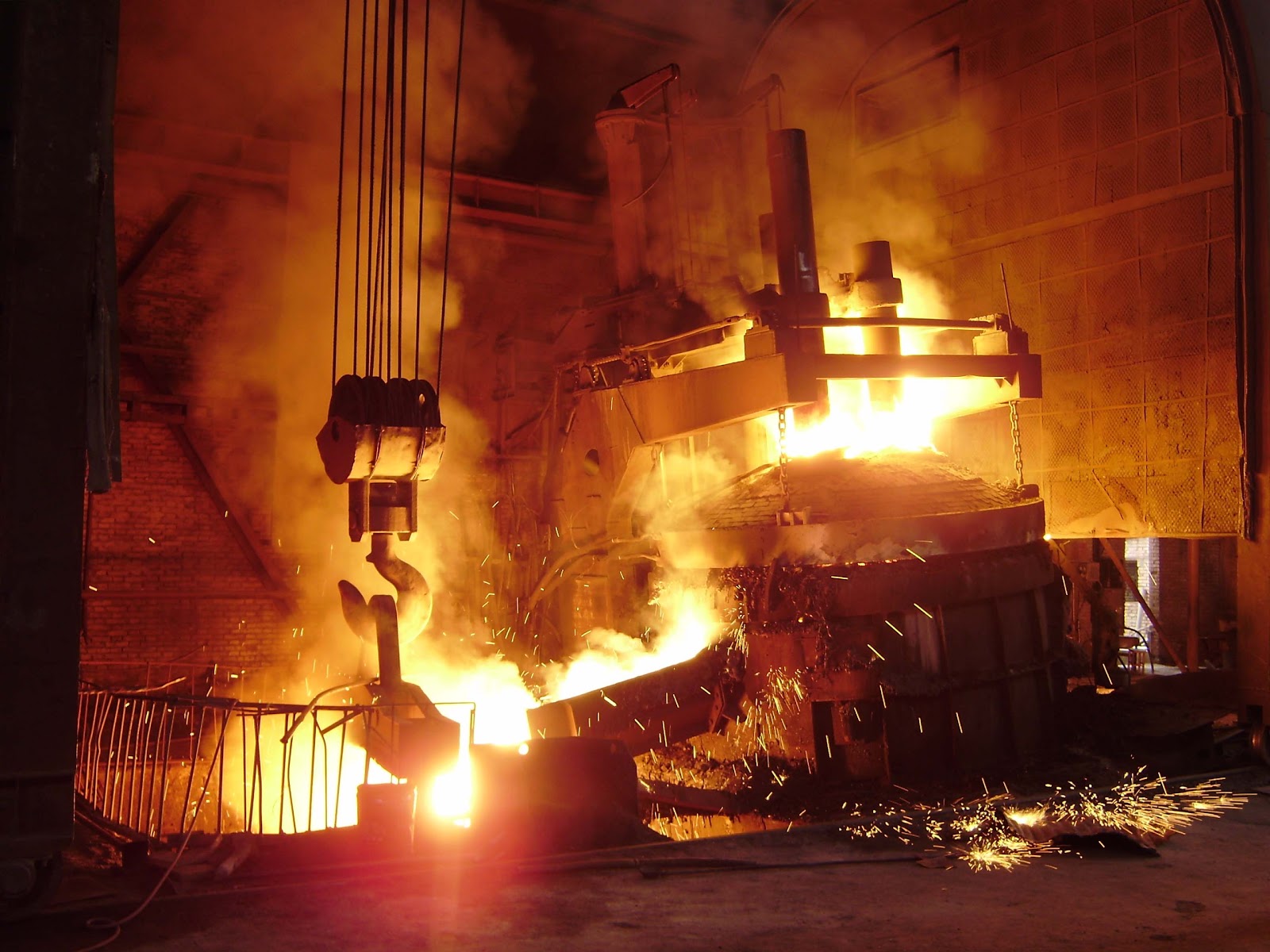
"This will be particularly so in flat steelmaking electric arc furnaces," he said, adding that the potential development of blast furnace-grade DRI could also be a “game changer” for the industry.
Iran overtook India to become the largest producer of direct reduced iron in March, making India and Saudi Arabia the second and third largest DRI producing nations respectively.
The estimated DRI output by Iran during March this year was 1.29 million tons, up from 1.20 million tons a month earlier.
Iran has 3.3 billion tons of definite and a further 2.5 billion tons of prospective iron ore reserves, of which 75% are magnetite and 25% hematite. Average Fe content is 51% versus a global average of 42%.
Lower Chinese iron ore demand, coupled with new beneficiation capacity in Iran, is re-orientating Iranian iron ore trade toward the domestic market.
Iron ore production cost in Iran is lower than that of the "big four" global producers, but mine-to-port transport and freight costs are currently higher.
The government is likely to attract more investors into iron ore mining and explore new deposits for exploitation.
“The fractured ownership of the industry in addition to world class low production costs will guarantee competitive mineral input for downstream domestic users in the future,” Ehramian said.
Iran’s steel exports doubled on-year in the Iranian year through March 19, 2016, to 4.1 million tons, as producers aimed to ease excess supply at home. This occurred as apparent consumption in Iran fell a cumulative 6 million tons over three years.
Government infrastructure spending, which plummeted to $2 billion last year from $30 billion in 2012, is expected to recover this Iranian year.
"It seems the existing capacities are well positioned to meet any local shortages but not all are geared toward competition in export markets,” Ehramian said.
Iranian apparent rebar consumption increased 11% on-year in the year through March 19 to 6.23 million tons. However, flat product use declined -2% to 9.5 million tons and sections use fell -39% to 1.01 million tons. Higher rebar consumption “could be a result of overstocking, considering that almost 25% of cement kilns have been idled,” Ehramian said.

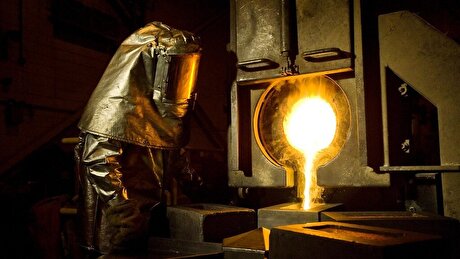
Newmont nets $100M payment related Akyem mine sale

First Quantum scores $1B streaming deal with Royal Gold

Caterpillar sees US tariff hit of up to $1.5 billion this year

Gold price rebounds nearly 2% on US payrolls data

Goldman told clients to go long copper a day before price plunge

Australia pledges $87M to rescue Trafigura’s Nyrstar smelters in critical minerals push
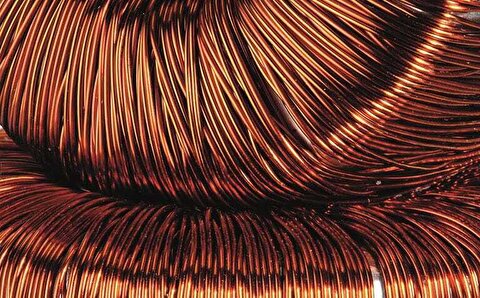
Copper price posts second weekly drop after Trump’s tariff surprise
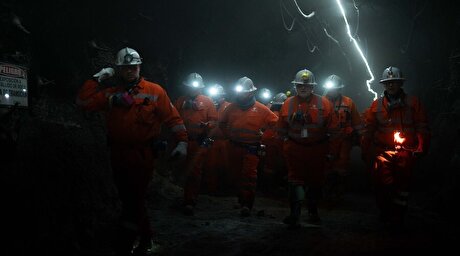
One dead, five missing after collapse at Chile copper mine
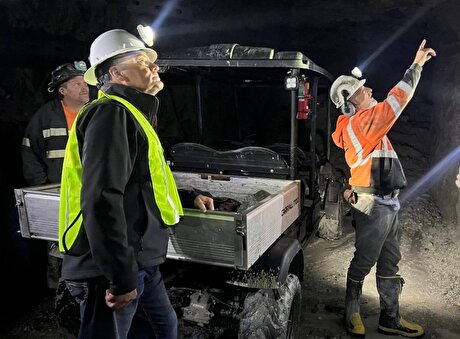
Idaho Strategic rises on gold property acquisition from Hecla

Codelco seeks restart at Chilean copper mine after collapse

US slaps tariffs on 1-kg, 100-oz gold bars: Financial Times
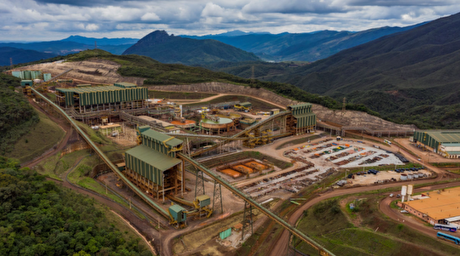
BHP, Vale offer $1.4 billion settlement in UK lawsuit over Brazil dam disaster, FT reports
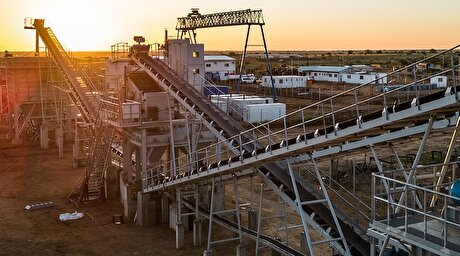
NextSource soars on Mitsubishi Chemical offtake deal

Copper price slips as unwinding of tariff trade boosts LME stockpiles

SAIL Bhilai Steel relies on Danieli proprietary technology to expand plate mill portfolio to higher steel grades

Alba Discloses its Financial Results for the Second Quarter and H1 of 2025
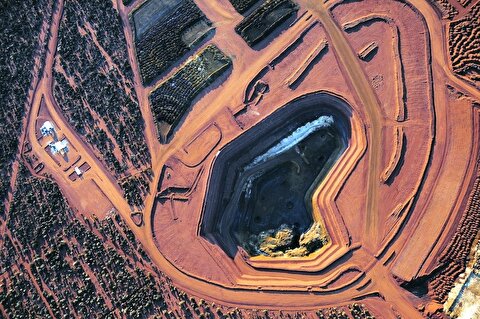
Australia weighs price floor for critical minerals, boosting rare earth miners

Australia pledges $87M to rescue Trafigura’s Nyrstar smelters in critical minerals push

Fresnillo lifts gold forecast on strong first-half surge

US slaps tariffs on 1-kg, 100-oz gold bars: Financial Times

BHP, Vale offer $1.4 billion settlement in UK lawsuit over Brazil dam disaster, FT reports

NextSource soars on Mitsubishi Chemical offtake deal

Copper price slips as unwinding of tariff trade boosts LME stockpiles

SAIL Bhilai Steel relies on Danieli proprietary technology to expand plate mill portfolio to higher steel grades

Alba Discloses its Financial Results for the Second Quarter and H1 of 2025

Australia weighs price floor for critical minerals, boosting rare earth miners

Australia pledges $87M to rescue Trafigura’s Nyrstar smelters in critical minerals push

Fresnillo lifts gold forecast on strong first-half surge














